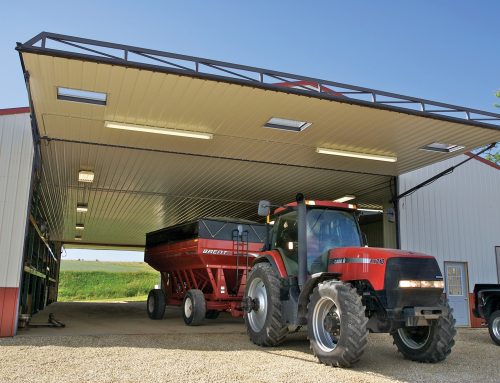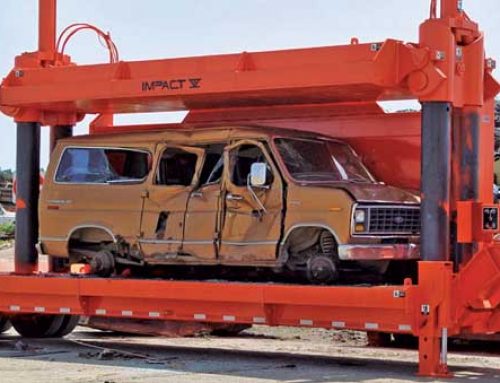
Study: Investment in Refurbishing and Maintaining Coal Plants Will Increase by 40 Percent
Between 2012 and 2017 the world’s coal-fired generating capacity will increase by more than 33 percent. Because of environmental regulations, the investment in modernization and rehabilitation of these coal-fired power plants will increase by more than 40 percent over the five-year period, including over $30 billion on new air and water pollution equipment. This the latest forecast in the McIlvaine publication Fossil & Nuclear Power Generation: World Analysis & Forecast.
(Megawatts)
|
World Region |
2012 |
2013 |
2014 |
2015 |
2016 |
2017 |
| Total |
1,926,567 |
2,040,155 |
2,143,599 |
2,274,107 |
2,433,924 |
2,579,539 |
| Africa |
47,418 |
48,718 |
52,818 |
62,058 |
63,408 |
69,216 |
| CIS |
90,364 |
90,814 |
91,574 |
92,174 |
92,794 |
93,294 |
| East Asia |
965,247 |
1,015,697 |
1,066,771 |
1,130,961 |
1,196,277 |
1,253,567 |
| Eastern Europe |
68,903 |
70,413 |
72,013 |
74,413 |
79,023 |
84,223 |
| Middle East |
23,266 |
24,466 |
24,966 |
24,966 |
28,966 |
30,216 |
| NAFTA |
355,963 |
357,988 |
351,376 |
352,026 |
352,026 |
352,026 |
| South & Central America |
11,033 |
11,333 |
12,913 |
12,913 |
15,463 |
16,013 |
| West Asia |
164,777 |
216,987 |
268,322 |
324,342 |
405,597 |
482,806 |
| Western Europe |
199,596 |
203,739 |
202,846 |
200,254 |
200,370 |
198,178 |
Europe has reversed direction and is now counting on its coal-fired power plants to a much greater extent than had been anticipated a few years ago. The price of gas and renewables is higher than projected. By contrast, coal generation has remained relatively inexpensive even with the latest pollution controls.
Even France, which is the champion of nuclear power, is planning to use coal generation for the next 20 years. One of the biggest needs at the older coal-fired power plants in France and elsewhere is to upgrade to modern controls. Energy multinational EDF has selected ABB to supply total plant automation systems and long-term service support for three 600 MW units at the Le Havre and Cordemais coal-fired power plants in France.
Recently, EDF initiated an extensive program to modernize its Le Havre 4 and Cordomais 4 and 5 units to extend their operating life by 20 years to 2035. These three units are the largest coal-fired units in the EDF fleet and were built to an identical design in the early 1980s. Each has a generating capacity of 600 MW.
Despite the boom in shale gas in the U.S., the Energy Information Administration predicts that the U.S. will burn more coal in 2035 than it is burning today. However, most of this increase will come from modernization of existing power plants. Few new coal-fired power plants are likely to circumvent the anti-coal environmental advocates. These power plants will need to spend over $30 billion just on new air and water pollution equipment to meet the many new regulations.
In Asia, most of the investment is in new coal-fired power plants. However, the base of existing coal-fired power plants is substantial. East Asia has more than 50 percent of the existing coal capacity. In Japan, there will be greater reliance on coal due to the nuclear problems. In China, tough environmental regulations are leading to substantial upgrades of existing coal-fired power plants. Some coal-fired power plants are being removed from service for months while new scrubber sections are being installed.
Many existing units are operating at low efficiency. The price of coal has continued to increase. The result is there is a very attractive ROI on projects to reduce coal consumption. In some cases, the reduction in carbon dioxide also has economic benefits.
Fossil and Nuclear Power Generation forecasts and analyzes the markets for gas, coal, and nuclear power plants for every country of the world.
For more information on Fossil and Nuclear Power Generation: World Analysis & Forecast: http://home.mcilvainecompany.com/index.php?option=com_content&view=article&id=72#n043



